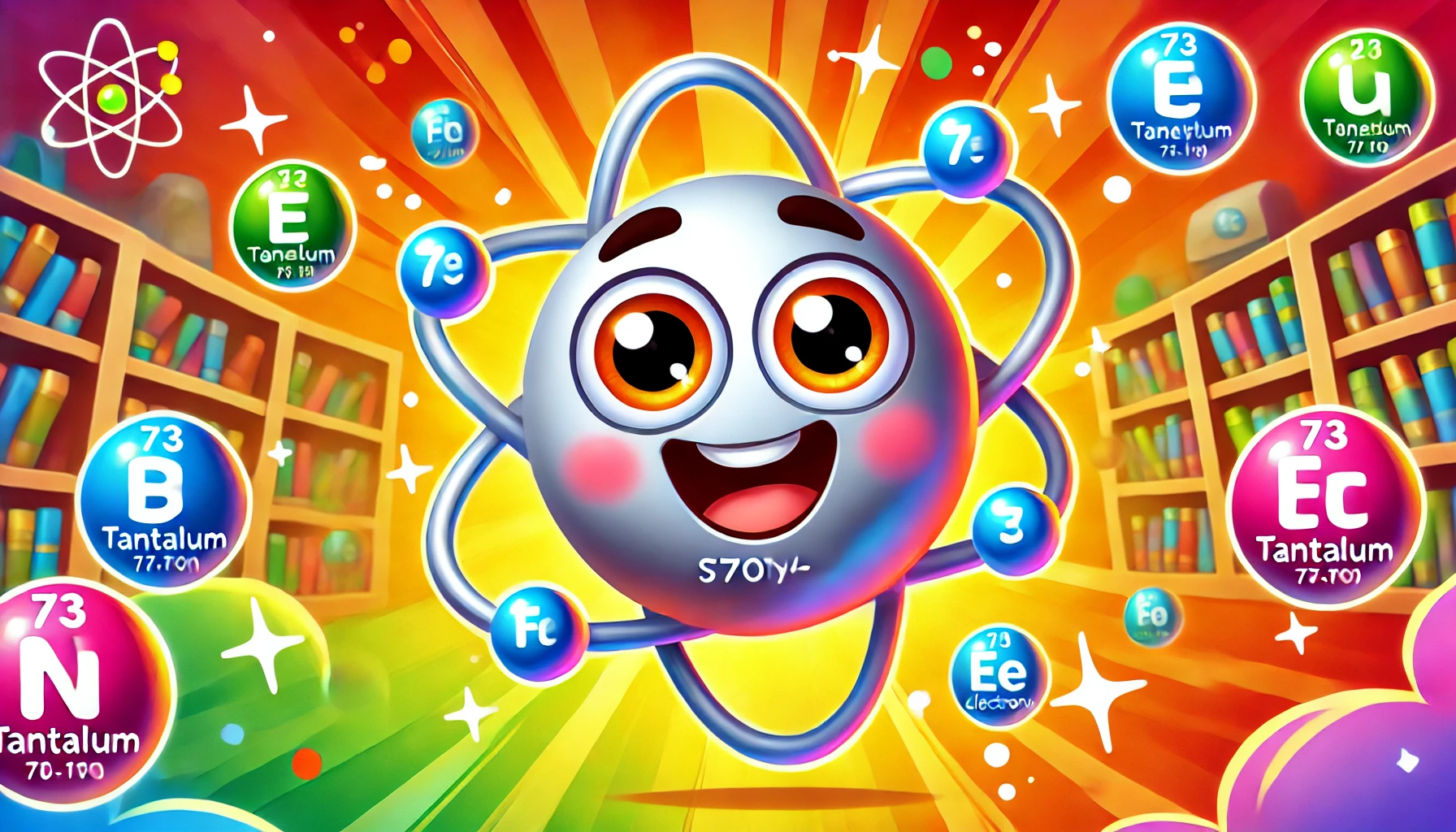Understanding Tantalum: Properties, Uses, Health Risks, and Fascinating Facts
Understanding Tantalum: Properties, Uses, Health Risks, and Fascinating Facts
Table of Contents
- Introduction to Tantalum
- Properties of Tantalum
- Uses of Tantalum
- Health Risks of Tantalum Exposure
- Interesting Facts about Tantalum
- Environmental Impact of Tantalum
- Conclusion
- References
Understanding Tantalum: Properties, Uses, Health Risks, and Fascinating Facts
Introduction to Tantalum Tantalum is a chemical element with the symbol Ta and atomic number 73. It is a transition metal known for its high melting point, excellent corrosion resistance, and numerous industrial applications. This article explores the properties, uses, health risks, and interesting facts associated with tantalum, providing a comprehensive understanding of this valuable element.
Properties of Tantalum Tantalum is characterized by several distinct physical and chemical properties.
Physical Properties
- Appearance: Tantalum is a hard, blue-gray, lustrous metal.
- Density: The density of tantalum is 16.69 g/cm³.
- Melting Point: Tantalum has a very high melting point of 3,017°C (5,463°F).
- Boiling Point: The boiling point of tantalum is 5,458°C (9,856°F).
Chemical Properties
- Reactivity: Tantalum is highly resistant to corrosion due to the formation of a stable oxide layer on its surface. It is inert to most acids except hydrofluoric acid.
- Compounds: Tantalum forms various compounds, such as tantalum pentoxide (Ta₂O₅), tantalum carbide (TaC), and tantalum chloride (TaCl₅).
Uses of Tantalum Tantalum has numerous applications across different industries due to its unique properties.
Electronics
- Capacitors: Tantalum is widely used in the production of capacitors for electronic devices, such as smartphones, laptops, and cameras, due to its high capacitance and stability.
- Semiconductors: Tantalum is used in semiconductor devices for its ability to form thin films that act as diffusion barriers.
Aerospace and Defense
- Superalloys: Tantalum is used in superalloys to improve their strength and resistance to high temperatures, making them suitable for jet engines, gas turbines, and military applications.
Medical Applications
- Surgical Implants: Tantalum’s biocompatibility makes it ideal for surgical implants, such as bone replacements and dental devices, as it does not react with body tissues.
- Medical Equipment: Tantalum is used in various medical devices and instruments due to its non-reactivity and durability.
Industrial Applications
- Chemical Processing Equipment: Tantalum is used in the manufacturing of chemical processing equipment, such as heat exchangers and reactors, due to its resistance to corrosion.
- Cutting Tools: Tantalum carbide is used in cutting tools and wear-resistant parts for its hardness and durability.
Health Risks of Tantalum Exposure Tantalum is generally considered to have low toxicity, but there are some health risks associated with exposure to tantalum compounds and dust.
Inhalation and Ingestion
- Respiratory Irritation: Inhalation of tantalum dust can cause respiratory irritation, coughing, and shortness of breath.
- Gastrointestinal Issues: Ingestion of tantalum compounds can cause gastrointestinal irritation, including nausea and vomiting.
Skin and Eye Contact
- Skin Irritation: Direct contact with tantalum compounds can cause skin irritation and dermatitis.
- Eye Irritation: Exposure to tantalum dust or solutions can cause eye irritation and potential damage.
Interesting Facts about Tantalum Tantalum has several intriguing aspects that make it an interesting element.
Discovery
- Discovered in 1802: Tantalum was discovered by Swedish chemist Anders Gustav Ekeberg in 1802. It was named after the mythological figure Tantalus, due to the element’s inability to absorb acid, much like Tantalus in Greek mythology who was tormented by unreachable water.
Unique Properties
- High Melting Point: Tantalum has one of the highest melting points among metals, making it suitable for high-temperature applications.
- Biocompatibility: Tantalum is highly biocompatible, meaning it is not harmful or toxic to living tissue, which is why it is used in medical implants.
Isotopes
- Stable Isotopes: Tantalum has two naturally occurring isotopes, tantalum-180m and tantalum-181, with tantalum-181 being the most abundant.
- Radioactive Isotopes: Tantalum-182 is a radioactive isotope used in scientific research and industrial applications.
Environmental Impact of Tantalum Tantalum is not known to have significant environmental impacts, but its extraction and use should still be managed responsibly.
Natural Occurrence
- Abundance: Tantalum is relatively rare in the Earth’s crust and is typically found in minerals such as columbite-tantalite (coltan) and euxenite.
- Mining: Extraction of tantalum from these minerals must be done with care to avoid environmental damage and to ensure ethical sourcing, particularly in conflict regions.
Industrial Waste
- Waste Management: Proper disposal of tantalum-containing industrial waste is crucial to prevent environmental contamination.
Conclusion Understanding tantalum, its properties, uses, health risks, and interesting facts provides valuable insight into this versatile element. While tantalum is generally safe with low toxicity, appropriate safety measures should be taken when handling tantalum compounds and dust. Its applications in electronics, aerospace, medicine, and industry highlight its importance in modern technology and industry.

<ⓒ WizardMedics (wizardmedics.com)>


